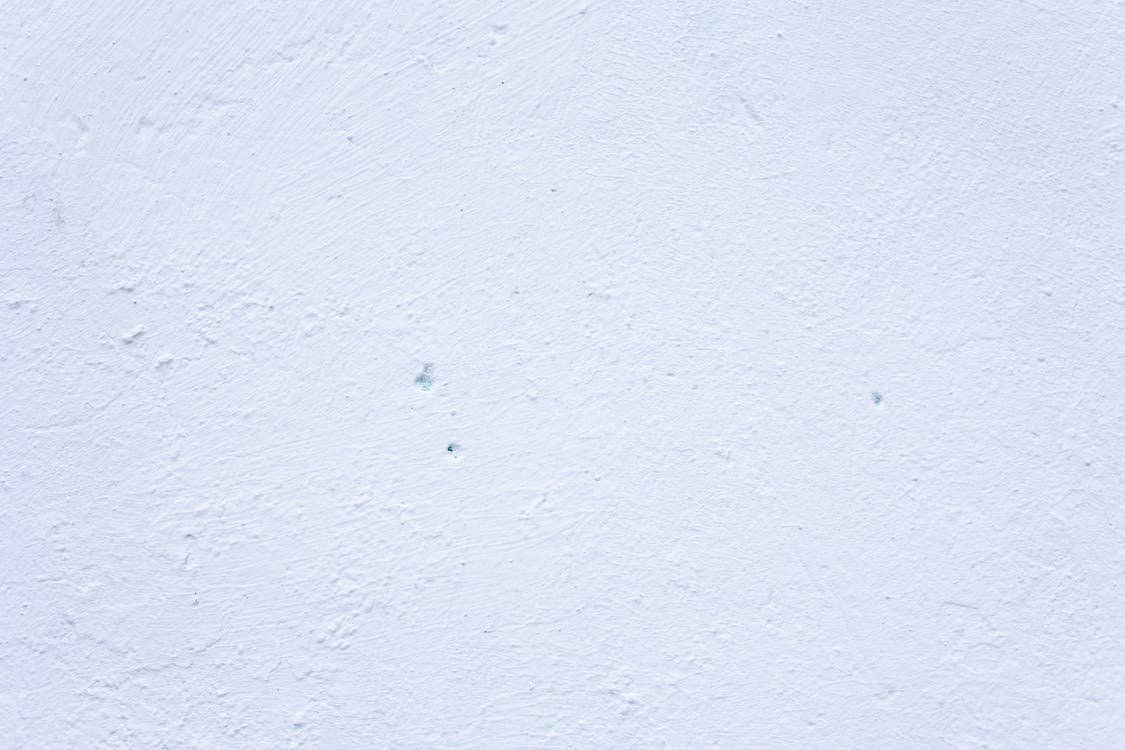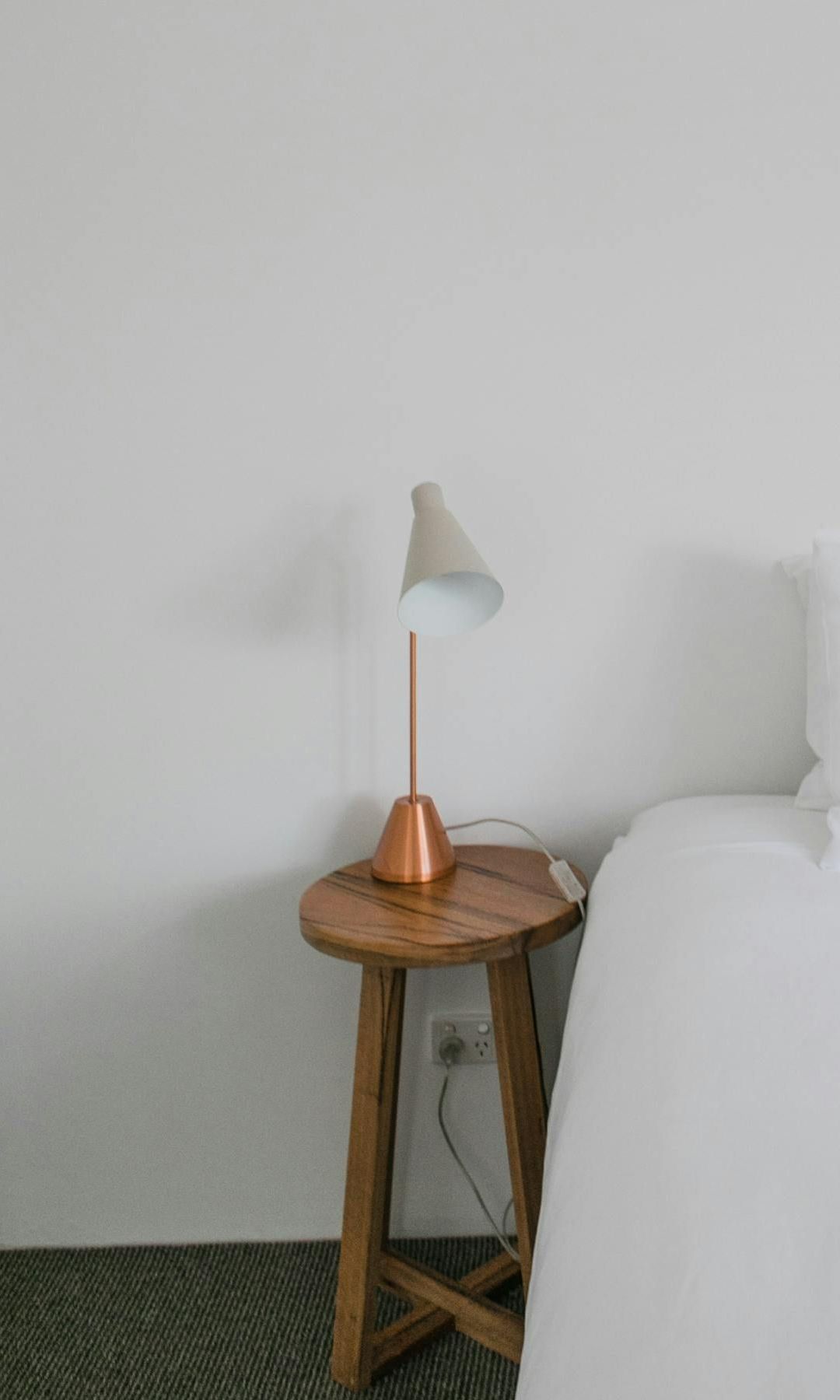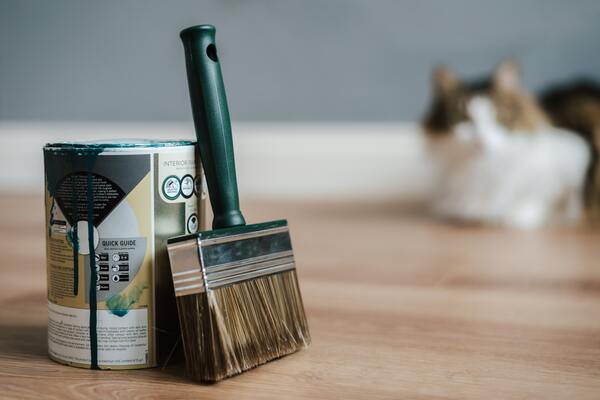By Admin
•
13 May, 2024
Whether you are painting over old interior paint to create a new look or because it is time for a change, there are a few tips you should follow to get the job done right. You will want to make sure that you use the right paint and that it covers up all the dirt, dust and scratches that are present on the wall. You should also make sure to fill in any holes or cracks that have formed in the wall. Filling in holes and cracks in the wall Whether you're painting over a new interior paint job or simply restoring an old one, you may need to fill in holes and cracks in the wall. These small defects can make your paint job look less than flawless. However, if you can hide them, you can make the job look more professional and attractive. You can fill in holes and cracks in the wall with two different types of materials. The first is a plaster-like substance called a joint compound. This compound can be applied with a putty knife and can cover cracks or holes in the wall. Another type of putty is called spackle. Spackle is different from joint compounds because it shrinks less. It's also much easier to apply. You can use spackle to fill in holes and cracks in the walls, but it does take more prep work. For small cracks in drywall, you can use plaster or spackle. For larger cracks, you can use joint compound and paper tape. The compound should be applied to the crack at a 70-degree angle. Ensure that the compound is smooth and level and that the edges extend at least two inches beyond the original crack. Once the compound has set, it can be sanded with medium-grit sandpaper. This sanding will help your new paint adhere and blend into the wall. However, you should still use a dust mask. Choosing the best paint to cover dark colours in one coat Choosing the best paint to cover dark-coloured walls is no easy feat. Fortunately, there is a plethora of products and services to choose from. Using the right products can make your home or office a dream to live in. With the right products and services, you can paint your walls in no time at all. It's all about finding the right product for the right price and the right people to help you along the way. A little research will help you find the best products for the job. It's best to do a little research before you commit to one product. Often, a reputable company will provide you with a list of products that are free of charge to you. They will even take care of all of the nitty-gritty details for you. They even let you take a test drive so you can be certain you are buying the right product for the right price. Applying a degreaser to clean the surface before painting Using a degreaser before painting is a great way to prepare your surfaces for painting. Degreasers remove grease, oil, and soil from metals and other surfaces. They also remove fingerprints, corrosion inhibitors, and cutting fluids. It is often necessary to degrease before downstream processes such as coating or painting. Degreasers are commonly packaged as aerosols. They provide a strong spray that can penetrate small crevices. They are available in water-based or solvent-based forms. Some degreasers can be toxic, especially when applied near open flames. A hazardous materials identification system (HMIS) is used to determine a degreaser's flammability rating. The GHS pictogram is one of the most common ways to determine flammability. Acetone is one of the best solvents for degreasing. It's water-soluble, which allows it to remove grease and contaminants from metals. It can also be used to clean paint off metal surfaces. Lacquer thinner is another good option. It works better than mineral spirits and can eliminate adhesives and ink. However, it is toxic. If your materials are particularly sensitive, try an alcohol- or hydrocarbon-based solvent. If you need to degrease large areas, vapour degreasing is a good choice. It adds agitation to the cleaning process and improves performance. But it's best used in combination with alkaline cleaning. There are many degreasers to choose from, but the safest option is a nonflammable cleaner. This is especially important when you're working on powered equipment or near an open flame. Also, it's safer to use degreasers with high dielectric strength. This rating indicates that the material can handle an electrical field of 30 kV or more before breaking down. Insufficient drying time can result in poor colour pay-off Whether you're painting a ceiling or a wall, the amount of time it takes for your paint to dry can be an important factor. Not having enough time between coats can lead to uneven surface texture, and in extreme cases, paint can peel off your walls! Insufficient drying time can be caused by a variety of factors, including humidity, temperature, and the type of paint used. For example, water-based paints dry much faster than oil-based ones. Insufficient ventilation can also affect the drying time. Increasing airflow can also speed up the drying process. In general, a paint job with a high gloss finish may require an extra hour or two of dry time. The same holds for darker paint colours. For example, an oil-based matte paint may require two hours of dry time to achieve a comparable gloss rating. There are a lot of other factors that affect the amount of time it takes your paint to dry, including the type of paint, the type of surface you're painting, and your impatience. Ultimately, the best way to keep your paint job on track is to read the manufacturer's instructions and err on the side of caution. A paint test known as the peel test can be a good way to check whether your new coat is well bonded to the old. This tests the strength of the old coat by removing it and exposing the underlying substrate. Exposure to paint fumes can cause dizziness, vision problems, eye and lung irritation, and headaches Whether you're painting a room, a fence or a deck, paint fumes can be dangerous to you and your family. These vapours can cause short-term and long-term health problems, including headaches, nausea, dizziness and irritated eyes and nose. Fortunately, there are many ways to eliminate these vapours. When you paint, you may be exposed to chemicals called volatile organic compounds (VOCs), which are known to have harmful effects. Some VOCs are considered carcinogens and may damage the liver or kidneys. Other VOCs, such as benzene and toluene, are known to irritate the throat and eyes. While you're painting, keep your windows open and run fans, so that your breathing will be more comfortable. If you feel dizzy or are experiencing any other symptoms, get out of the room. If you can't get outside, wash your eyes with a large amount of water. Then, rinse your mouth and wash your skin. Besides children, pregnant women, and people with respiratory illnesses are at greater risk from exposure to paint fumes. Other vulnerable groups include young children, elderly people, and commercial painters. You can reduce the health risks associated with paint fumes by using box fans in all your apartments. In addition, you should check your local laws on disposing of old paint. If you suspect you've inhaled, seek medical help. Paint fumes are not dangerous to adults unless they are intentionally inhaled. However, the risk of health problems increases with longer exposure times. You may want to consider using a respirator to reduce the risk of inhaling VOCs. Don't use old bed sheets as drop cloths Using a bed sheet to cover your furniture is not a laudable accomplishment. A more effective approach is to use a mattress pad to absorb any drippings. The most important part is to ensure the padding is in good condition before you begin painting. For instance, you should not attempt to use a mattress pad in a bathroom, as you will most likely be trying to scrub and polish your teeth at the same time. As such, the best approach is to use a separate pad for each room. You can also find some of these in the university housing department. If you do opt to buy a mattress pad, make sure to check the material used to ensure the pad is not made of microfiber. The last thing you want is to have to clean your bathroom later that night. Another useful tip is to cover exposed floorboards with a waterproof drop cloth. This is not only smart if you plan to do a lot of painting, but it is also prudent to make sure there are no paint drips splattering about, as this could lead to a bad paint job down the road. The above precautions will go a long way in keeping your paint job looking its best. After all, what's the point of painting a room if you can't clean it? Contact us today at 03 6144 4081 for interior home painting.



